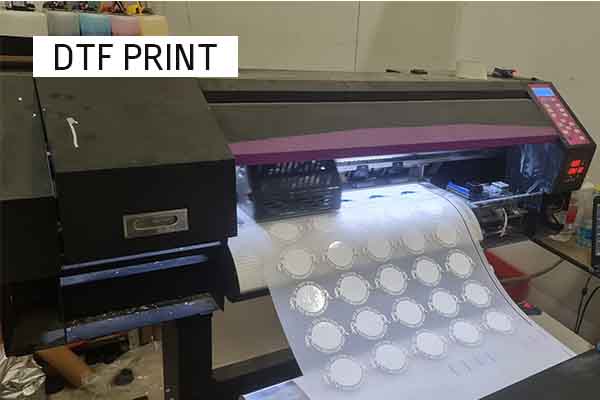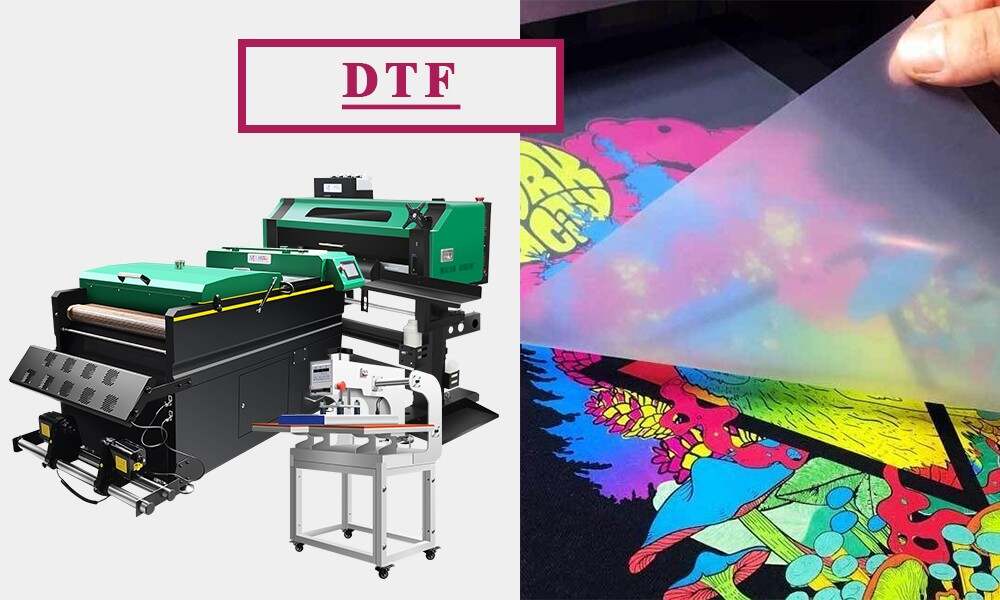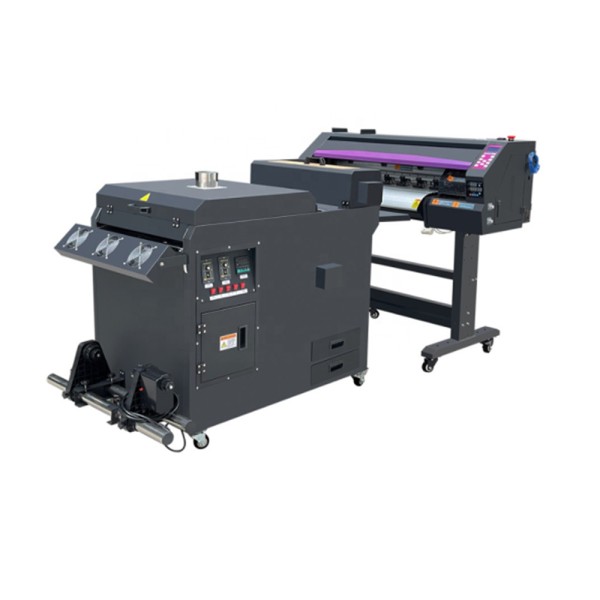DTF Printing Demystified: Whatever You Need to Know About Direct-to-Film
DTF Printing Demystified: Whatever You Need to Know About Direct-to-Film
Blog Article
Mastering DTF Printing: Advice for Getting Vibrant and Resilient Prints
In the globe of textile printing, accomplishing vibrant and resilient prints is a desired skill that can raise the top quality of your output. From choosing the best products to tweak print setups and developing post-printing ending up techniques, there are many elements that can affect the outcome of your prints.

DTF Printing Basics
For those new to the world of textile printing, recognizing the basics of DTF printing is important to mastering this innovative technique. Straight to Movie (DTF) printing is a contemporary technique that involves moving styles from a special movie onto different textiles using a warm press. Unlike standard techniques like display printing, DTF uses benefits such as vivid colors, intricate detailing, and the ability to publish on varied materials like cotton, polyester, and blends.
The procedure starts by publishing the style on an unique DTF film using a compatible printer with CMYK or CMYKW ink sets. Once the style is published, it is after that healed with a warmth press to produce a long lasting and long-lasting print. DTF printing is recognized for its capability to recreate complex designs with high precision and color precision, making it a prominent option for organizations aiming to produce customized garments, promotional things, and a lot more.
Choosing the Right Materials

The glue powder acts as a bonding representative in between the printed layout and the textile, so it needs to have strong attachment properties to ensure a durable and resilient transfer. By meticulously picking the appropriate materials for DTF printing, printers can boost the quality, vibrancy, and longevity of their prints.
Enhancing Print Setups
When intending to accomplish the very best cause DTF printing, careful attention to optimizing print setups is important for guaranteeing exact and premium transfers onto textiles. When enhancing print setups is the resolution, one essential element to consider. Higher resolutions typically lead to sharper and extra detailed prints, enhancing the overall quality of the transfer. Furthermore, changing the ink density can help achieve vibrant colors and ensure that the style attracts attention on the textile.
Another crucial setup to enhance is the print speed. Locating the ideal equilibrium between rate and high quality is vital. While increasing the rate can enhance performance, it may endanger the final print's clearness and shade saturation. Experimenting with various speeds and observing the results can assist identify the optimum setting for each and every print job - DTF Printing.
Additionally, make improvements color profiles and making certain appropriate color monitoring are important for accomplishing constant and exact shades across different prints. By calibrating shade settings and profiles, printers can you can find out more lessen color discrepancies and create uniform outcomes, enhancing the overall print high quality and consumer complete satisfaction.
Preparing Art Work for DTF Printing
Transform the art work to CMYK color setting to make certain that the shades convert precisely from screen to print. Bear in mind to mirror the last style before publishing to make sure that it moves appropriately onto the garment. By complying with these steps and paying close interest to the details, you can prepare artwork that is maximized for resilient and vivid DTF prints.
Post-Printing Finishing Strategies
Applying reliable post-printing ending up techniques is essential to improving the durability and aesthetic appeal of DTF prints on textiles. As soon as the printing procedure is full, using warm to the printed style is important.
When the movie is eliminated, the print might require added healing time to better set the ink right into the textile. This action assists enhance the washability and resilience of the print, guaranteeing it can stand up to numerous clean cycles without fading or fracturing.
Additionally, trimming any type of excess movie around the design can give the final print a tidy and professional appearance. Making the effort to effectively complete DTF prints post-printing can considerably influence the overall quality and longevity of the textile style.

Verdict
In conclusion, mastering DTF printing needs a complete understanding of the essentials, picking proper products, enhancing print settings, preparing artwork effectively, and using post-printing ending up methods. By adhering to these ideas and techniques, one can accomplish dynamic and durable prints that satisfy their desired quality criteria. Consistent technique check this and interest to detail are essential in accomplishing effective results in DTF printing.
From selecting the appropriate products to tweak print setups and improving post-printing finishing methods, there are numerous variables that can influence the end result of your prints. Unlike conventional approaches like screen printing, DTF uses advantages such as lively shades, elaborate outlining, and the capacity to publish on diverse products like cotton, polyester, and blends.
As soon as the view it now style is printed, it is after that treated with a warmth press to create a resilient and durable print.When aiming to accomplish the ideal outcomes in DTF printing, thorough attention to enhancing print setups is crucial for making sure exact and high-quality transfers onto textiles.In final thought, understanding DTF printing calls for a detailed understanding of the basics, selecting appropriate products, maximizing print setups, preparing artwork effectively, and utilizing post-printing finishing techniques.
Report this page